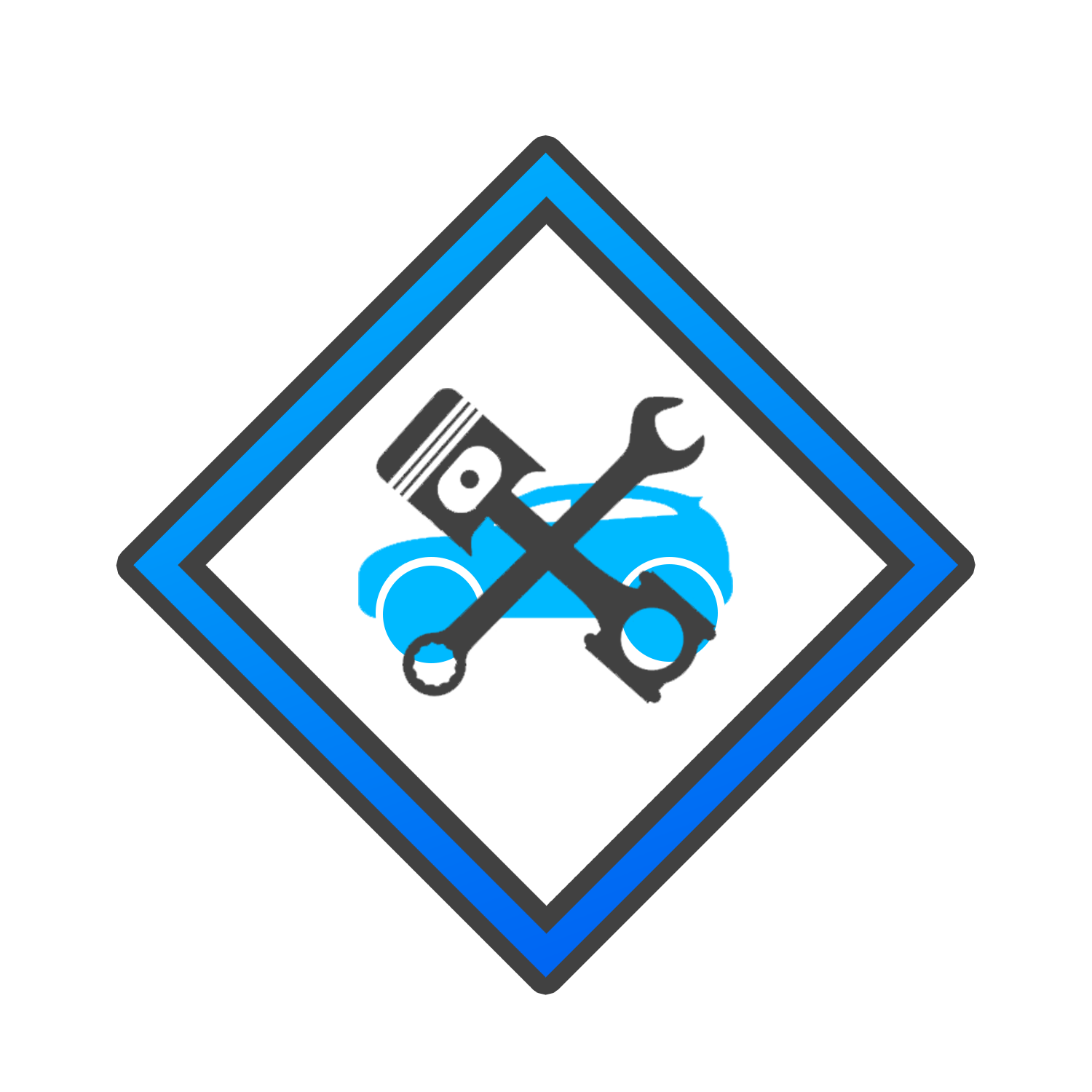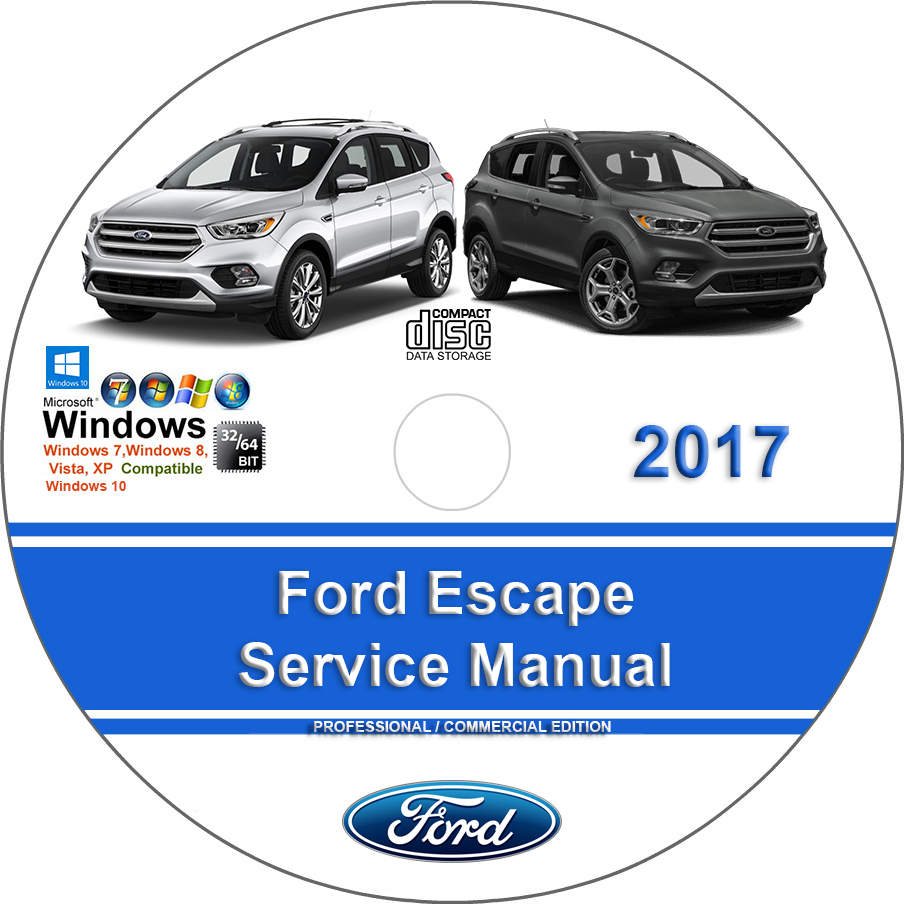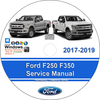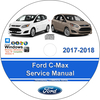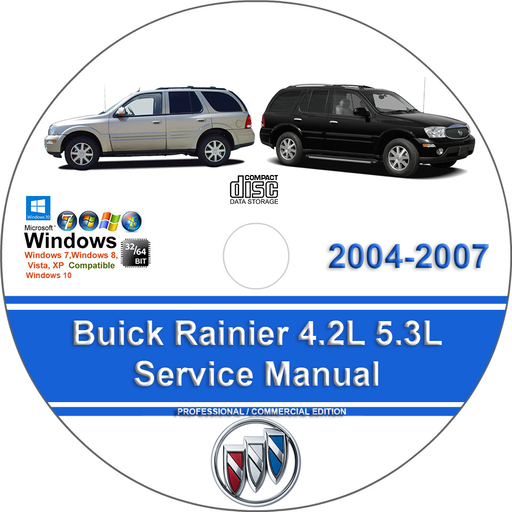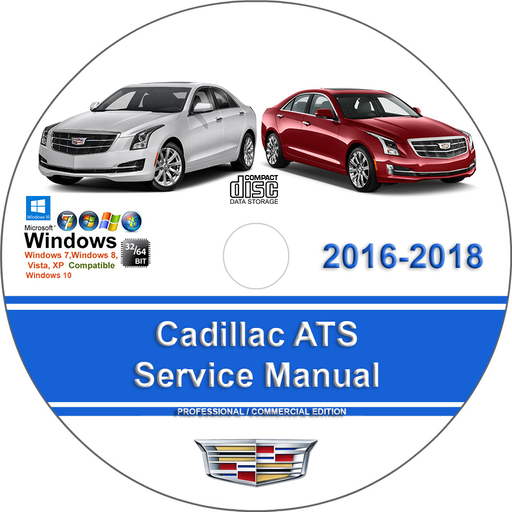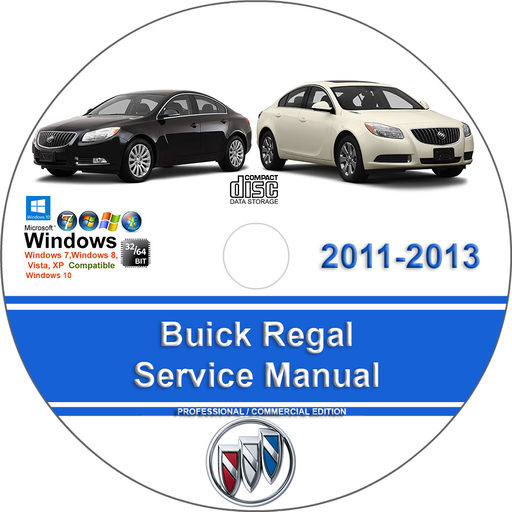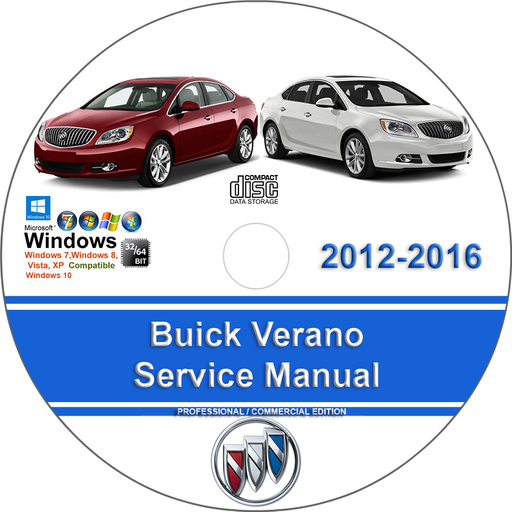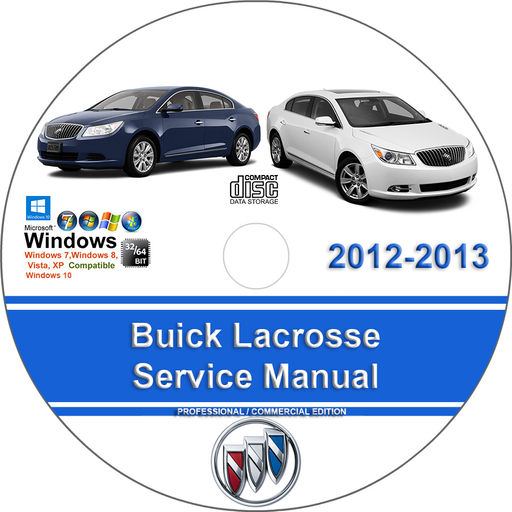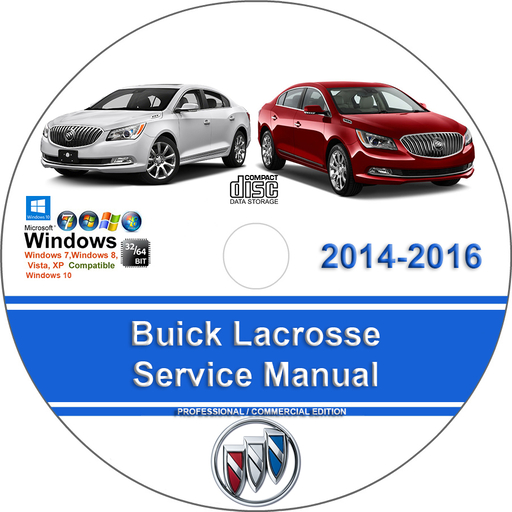Ford Escape 2017 Factory Service Repair Manual + Wiring
$37.00 – $46.00Price range: $37.00 through $46.00
Ford Escape 2017 Factory Service Repair Manual + Wiring
You can download this or I can ship it to you.
Loaded with Hi Resolution illustrations, instructions, photos, and diagrams, complete to service and repair your Ford.
Pages: 10000+
Ford Escape 2017 Factory Service Repair Manual + Wiring
The minimized Ford Escape is a hybrid SUV that is offered in three trim levels. Pleasantly furnished in the base model, standard hardware incorporates 17″ steel wheels, remote section, tilting and extending directing wheel, manual-customizable front seating, 60/40 parting and collapsing back seating, 4.2 shading show, stopping camera, cell phone reconciliation, Bluetooth/iPod/USB combination and six-speaker sound framework. Redesigns can include combination wheels, keypad passage, computerized headlamps, haze lights, remote section, security glass in the back, fueled/warmed front seating, HD/satellite radio, overhauled Sony sound framework, all encompassing sunroof, rooftop rails, back stopping sensors, two-zone atmosphere control, standard family unit plug outlet, calfskin upholstery, warmed/controlled sider mirrors, remote beginning, controlled liftgate, 8″ touchscreen reassure, xenon headlamps, crash relief framework, GPS and that’s only the tip of the iceberg. In the engine is an upgradable 2.5-liter four-chamber motor that produces 168 pull and 170 pound-feet of torque.
Updates: Smaller hybrid SUV gets a significant invigorate for 2017
Reconsidered outside styling; refreshed inside with new guiding wheel, improved cupholders, more stockpiling region
Match up 3 infotainment framework includes Apple CarPlay and Android Auto cell phone projection innovation
Accessible Sync Connect with Ford Pass application, versatile voyage control, forward-crash notice, path takeoff cautioning, path keeping help, tired driver alert, dynamic park help
New 1.5-liter EcoBoost 4-chamber motor with 179 torque
2.0-liter EcoBoost 4-chamber motor includes twin-scroll turbocharger, makes 245 torque
Both EcoBoost motors increase programmed motor turn over/stop innovation
Game Appearance bundle with passed out trim, dim completion wheels, sport seats, calfskin, and the sky is the limit from there
Models Covered :
Ford Escape 2017
Manual Covers :
Accessories & Body, Cab:
APIM Hardware Testing
BCM Hardware Testing
Body Closures
Body Repairs – General Information
Bumpers
Collision Warning And Collision Avoidance System
Cruise Control System
Cruise Control System – Vehicles With Adaptive Cruise Control
Exterior Lighting System
Exterior Trim And Ornamentation
FCIM Hardware Testing
Front End Body Panels
Handles, Locks, Latches And Entry Systems
Horn System
Information And Entertainment System – General Information – Vehicles With AM FM CD SYNC
Touchscreen Display
Information And Entertainment System – General Information – Vehicles With Sony Audio System
Information And Entertainment System – General Information – Vehicles With SYNC
Information Center Instrumentation, Message Center and Warning Chimes
Instrument Panel and Console
Instrument Panel and Interior Switches Illumination
Interior Lighting System
Interior Trim and Ornamentation
IPC Hardware Testing
Lane Departure Warning System
Module Communications Network
Module Configuration System
Multifunction Electronic Modules
Parking Aid System – Vehicles With Active Park Assist
Parking Aid System – Vehicles With Parking Aid Camera
Aid System – Vehicles With Rear Parking Aid
Passive Anti -Theft System (PATS) – Vehicles Without Keyless Entry and Push Button Start
Passive Anti-Theft System (PATS) – Vehicles With Keyless Entry and Push Button Start
Perimeter Anti-Theft Alarm System
Rear View Mirrors
Remote Convenience System
Seating System – Front
Seating System – Rear
Side and Rear Vision System
Steering Wheel and Column Electrical Components
Sunroof – Roof Opening Panel
Uni-Body, Subframe And Mounting System
Windows and Glass – Glass, Frames and Mechanisms
Wipers and Washers System
Automatic Stop/ Start Disable:
Automatic Stop/ Start Disable
Brakes:
Anti-Lock Brake System (ABS) and Stability Control
Anti-Lock Brake System Component Testing
Brake System – General Information
Front Disc Brake System
Hydraulic Brake System Actuation
Parking Brake System – Parking Brake and Actuation
Power Brake Actuation – Brake Booster
Rear Disc Brake System
Canadian Model Reference:
Canadian Model Reference
Collision:
Paint – General Information
Common Specs and Procedures:
Common Specs and Procedures
Driveline and Axles:
Driveshaft
Front Drive Half shafts
Rear Drive Axle Differential
Rear Drive Half shafts
DTC Index:
DTC Index
EGR Function Testing:
EGR Function Testing
Electrical:
Charging System – General Information
Charging System (Battery, Battery, Mounting and Battery Cables)
Generator and Regulator
OEM Component Harness Location Charts
OEM Component Harness Location Views
OEM Connector End Views
OEM connector Repair Procedures
OEM Electrical Wiring Diagram Introduction
OEM Fuse And Relay Location
OEM ground Distribution
OEM Vehicle Repair Location Charts
OEM wiring Diagram Symbols
OEM wiring Diagrams
OEM Wiring Diagrams Component Testing
Voltage Converter Inverter
Emission:
Applications
Control Abbreviations
Engine:
Accessory Drive Belt System – 1.5L EcoBoost
Accessory Drive Belt System – 2.0L EcoBoost
Accessory Drive System- 2.5L Duratec
Engine – 1.5L EcoBoost
Engine – 2.0L EcoBoost
Engine – 2.5L Duratec
Engine Controls – Charging and Controls – Turbocharger – 2.0L EcoBoost
Engine Controls – Fuel Charging and Controls – Turbocharger – 1.5L EcoBoost
Engine Cooling System – 1.5L EcoBoost
Engine Cooling System – 2.0L EcoBoost
Engine Cooling System – 2.5L Duratec
Engine Ignition System – 1.5L EcoBoost
Engine Ignition System – 2.0L EcoBoost
Engine Ignition System – 2.5L Duratec
Engine System – General Information
Exhaust System – 1.5L EcoBoost
Exhaust System – 2.0L EcoBoost
Exhaust System – 2.5L Duratec
Fuel System – General Information – 1.5L EcoBoost
Fuel System – General Information – 2.0L EcoBoost
Fuel System – General Information – 2.5L Duratec
Fuel Tank and Lines – 1.5L EcoBoost
Fuel Tank and Lines – 2.0L EcoBoost
Fuel Tank and Lines – 2.5L Duratec
Starting System – 1.5L EcoBoost
Starting System – 2.0L EcoBoost
Starting System – 2.5L Duratec
Engine Performance:
Acceleration Control System
Electronic Engine Controls System – 1.5L EcoBoost
Electronic Engine Controls System – 2.0L EcoBoost
Electronic Engine Controls System – 2.5L Duratec
Engine Controls – Description & Operation
Engine Controls – Diagnostic Methods
Engine Controls – Fuel Charging and Controls – 1.5L EcoBoost
Engine Controls – Fuel Charging and Controls – 2.0L EcoBoost
Engine Controls – Fuel Charging and Controls – 2.5L Duratec
Engine Controls – Introduction
Engine Controls – Pinpoint Tests
Engine Controls – Powertrain DTC Charts & Descriptions
Engine Controls – Reference Values
Engine Controls – Symptom Charts
Engine Emission Control System – 1.5L EcoBoost
Engine Emission Control System – 2.0L EcoBoost
Engine Emission Control System – 2.5L Duratec
Evaporative Emissions System – 1.5L EcoBoost
Evaporative Emissions System – 2.0L EcoBoost
Evaporative Emissions System – 2.5L Duratec
Firing Order & Cylinder Identification
Intake Air Distribution and Filtering System – 1.5L EcoBoost
Intake Air Distribution and Filtering System – 2.0L EcoBoost
Intake Air Distribution and Filtering System – 2.5L Duratec
Mode 6
General Information:
Anti-Lock Brake Safety Precautions
Clutch Trouble Shooting
Color-Coding
Commonly Used Abbreviations
Drive Axle Noise Diagnosis
Electrostatic Discharge (ESD) Warning – Basic Information
Engine Displacement Conversion Table
Engine Overhaul Procedures
Engine Performance Diagnostic Routine Outline
Engine Performance Safety Precautions
English-Metric Conversion Chart
Gear Tooth Contact Patterns
General Cooling System Service
Identification Codes
Jacking and Lifting
Maintenance Schedules
Manual Transmission Trouble Shooting
Noise, Vibration and Harshness
Parasitic Load Explanation & Test Procedures
Service Information
State Emission Standards – Gasoline
State Emission Standards
Symptom Check List Worksheets
Trouble Shooting – Basic Procedures
TROUBLE SHOOTING
Using Wiring Diagrams
Waveforms – Injector Pattern Tutorial
Wheel Alignment Theory & Operation
HVAC:
Climate Control System – General Information
Supplemental Climate Control System
Reminder Indicator Reset Procedures:
Reminder Indicator Reset Procedures
Restraints:
Seatbelt Systems
Supplemental Restraint System
Steering:
Electronic Power Assist Steering Component Testing
Power Steering System
Steering Column
Suspension:
Ford Wheel Alignment Specifications
Front Suspension System
Rear Suspension System
Suspension System – General Information
Tire Pressure Monitoring System (TPMS)
Wheels and Tire System
System Wiring Diagrams:
Wiring Diagrams
Tire Pressure Monitor Systems:
Tire Pressure Monitor Systems
Traction Control:
4WD and AWD
Transmission:
Automatic Transmission – 6F35
Automatic Transmission Cooling System – 6F35
Automatic Transmission External Controls
Four Wheel Drive Systems
Transfer Case
Uniform Inspection and Communication Standards:
Brake Systems
Drive Train & Transmission Systems
Electrical Systems
Engine Performance And Maintenance
Exhaust Systems
Heating, Ventilation And Air Conditioning Systems
Routine Inspection Reference Guide
Steering & Suspension Systems
This manual is the same as the manual used by workshops. Service Manual contains detailed instructions and step by step diagrams for all workshop procedures.
Language: English
Format: PDF
COMPATIBLE WITH ALL WINDOWS & MAC COMPUTERS
(WINDOWS 10, WINDOWS 8, WINDOWS 11, ETC.)
Windows/Mac/Tablet/Phone Friendly
| Medium | USB Flash Drive, DVD, Download |
|---|
